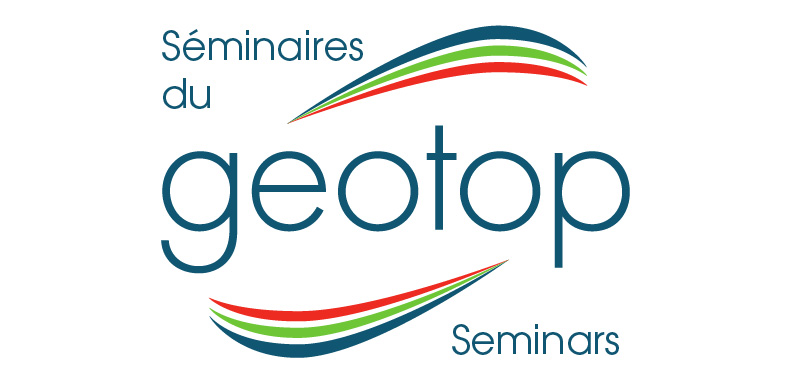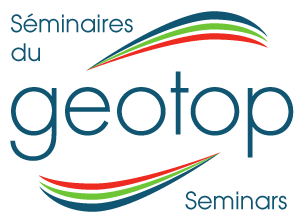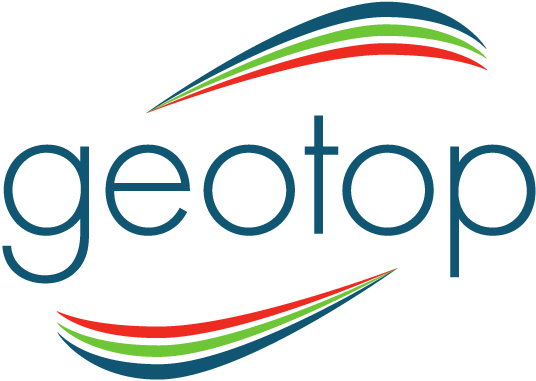Dre Christin Müller - High frequency isotope monitoring for assessing hydrological extremes
Dre Christin Müller, Researcher UQAM
Mardi 12 mars 2024 à 12h30 - Tuesday, March 12, 2024 at 12:30 pm
Local PK-7605, 7e étage, 201 ave. du Président-Kennedy
Résumé / abstract:
Severe floods and droughts have been increasing in frequency and severity worldwide. An improved understanding of systematic changes in hydrological extremes is essential for preparation and adaptation. In our study, we focus on the years 2018 to 2020, during which large parts of Central Europe faced a severe drought. To better comprehend how such a drought may have impacted the nitrogen export and inventory of a mesoscale watershed, we conducted an intensive monitoring program in Central Germany over a five-year period, covering both drought and post-drought phases. The program provided hydrochemical and stable isotope datasets for groundwater and surface water, with a particular emphasis on anion concentrations and stable isotope compositions of nitrate and water. The survey revealed decreasing nitrate concentrations during drought conditions and a significant increase in the post-drought phase. Isotopic investigations allowed us to differentiate between distinct nitrate sources, mixing, and microbial turnover processes.

High frequency isotope monitoring for assessing hydrological extremes
Ajouter au calendrier
2024-03-12 12:30:00
2024-07-24 21:04:45
Dre Christin Müller - High frequency isotope monitoring for assessing hydrological extremes
Severe floods and droughts have been increasing in frequency and severity worldwide. An improved understanding of systematic changes in hydrological extremes is essential for preparation and adaptation. In our study, we focus on the years 2018 to 2020, during which large parts of Central Europe faced a severe drought. To better comprehend how such a drought may have impacted the nitrogen export and inventory of a mesoscale watershed, we conducted an intensive monitoring program in Central Germany over a five-year period, covering both drought and post-drought phases. The program provided hydrochemical and stable isotope datasets for groundwater and surface water, with a particular emphasis on anion concentrations and stable isotope compositions of nitrate and water. The survey revealed decreasing nitrate concentrations during drought conditions and a significant increase in the post-drought phase. Isotopic investigations allowed us to differentiate between distinct nitrate sources, mixing, and microbial turnover processes.
Local PK-7605, 7e étage, 201 ave. du Président-Kennedy
Geotop
admin@example.com
America/New_York
public



